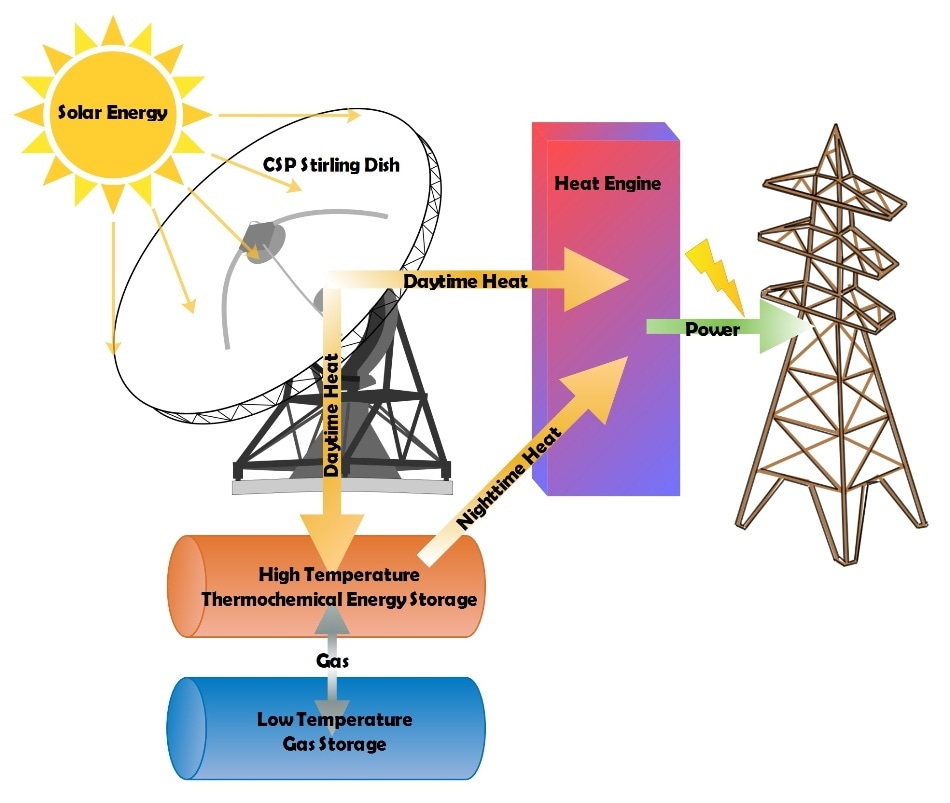Jul 12 2019
An innovative thermal battery being developed by Curtin University researchers will be key to a solar power system capable of producing electricity overnight, rivalling fossil fuels as a viable source of power for commercial and heavy industries around the world, including mining operations.

Curtin is collaborating with international renewable energy companies United Sun Systems and ITP Thermal on the potentially game-changing project, which is being led by Professor Craig Buckley from Curtin’s School of Electrical Engineering, Computing and Mathematical Sciences.
Professor Craig Buckley said the thermal battery was part of the Concentrated Solar Power (CSP) system being developed by United Sun Systems, which requires a battery to store and release energy to enable non-stop solar power generation.
“Storage has long been a stumbling point for renewable energy but our prototype thermal battery is able to store and, as required, release solar energy without reliance on sunlight at all times,” Professor Buckley said.
“The battery uses a high-temperature metal hydride or metal carbonate as the heat storage medium and a low temperature gas storage vessel for storing the hydrogen or carbon dioxide.
“At night, and in times of cloud cover, hydrogen or carbon dioxide is released from the gas storage vessel and absorbed by the higher temperature metal to form a metal hydride/metal carbonate, which produces heat used to generate electricity.”
Curtin University Deputy Vice-Chancellor Research Professor Chris Moran said the project aimed to develop a solar power system that produced electricity 24 hours a day, seven days a week and was commercially viable for industry.
“As with the lithium battery systems that Curtin is also developing, the deployment of a cost-effective energy storage system using thermal batteries will revolutionise the landscape of renewable energy production world-wide by allowing renewables to truly compete with fossil fuels,” Professor Moran said.
“While a lithium battery stores electrical energy that can be used to provide electricity when the sun is not shining, this thermal battery stores heat from concentrated solar thermal, which can be used when the sun is not shining to run a turbine to produce electricity.”
The research aims to develop new technology to integrate thermochemical energy storage via a thermal battery into a dish-Stirling system.
A dish-Stirling system can provide up to 46 kW of power and is ideal for powering remote energy intensive industries such as mine sites due to it providing power on demand and as required. Several dishes can be deployed depending on the power requirements of the site.
The research project ‘Thermal Battery Development for Concentrated Solar Power Systems’ was awarded $1 million by the Federal Government through the Global Innovation Linkages Program.